In the industrial realm, optimizing production processes and cutting costs are consistently key priorities. The cold briquetting process has emerged as a technology that significantly advances these objectives. This technique involves compressing raw materials into uniform briquette shapes, making transportation and storage more efficient. Conducted at ambient temperature without heating, cold briquetting requires less energy than hot briquetting and is widely adopted in numerous industries to compress waste materials and raw inputs. Industries dealing with powdered materials and metal or chemical waste benefit greatly from the cold briquetting process. It minimizes material waste, prevents dust dispersion, reduces volume, and simplifies transportation. These advantages make cold briquettes a highly effective solution across various sectors, including steel, cement, energy, chemicals, and recycling. A primary application of cold briquetting is found in the metal and steel industries, where metal waste and raw materials are compressed into briquettes for subsequent use in direct iron reduction or metal melting processes. In the cement industry, cold briquettes facilitate the transport of raw materials, particularly when compact and organized storage is essential to prevent waste. Cold briquetting also holds significant importance in the recycling industry by compressing metal, plastic, and other waste materials into recyclable forms. This technology enhances recycling processes and optimizes resource utilization, ultimately reducing the environmental impact of material waste. With its considerable advantages, cold briquetting is increasingly utilized across various industries. This article aims to explore its diverse applications in different sectors and analyze its impact on optimizing production processes and reducing costs. The following sections will provide a detailed examination of its specific applications in the steel, cement, energy, chemical, and recycling industries.
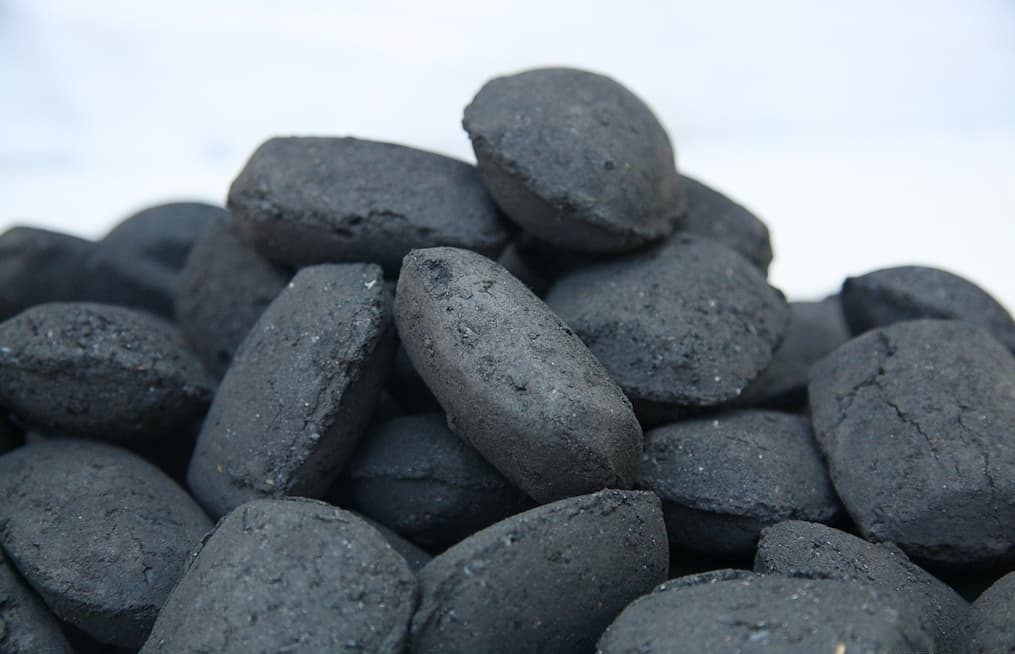
Steel Industry
The steel industry is crucial to the global economy, given that steel serves as a fundamental material across construction, manufacturing, automotive sectors, and more. Steel production involves intricate processes requiring substantial amounts of raw materials like iron ore, coal, and recycled scrap metal. Cold briquetting significantly enhances this industry by optimizing raw material management, transportation, and overall production efficiency. Cold briquetting is mainly employed for processing scrap metal and iron ore fines within the steel industry. Scrap metal often comes in irregular shapes and sizes, posing challenges for handling and transportation. Transforming scrap metal into compact, uniform briquettes simplifies storage, transport, and feeding into the steel production process. Likewise, iron ore fines, typically too fine for direct use in blast furnaces, can be compressed into briquettes for more efficient utilization in steelmaking. One key benefit of cold briquetting is waste reduction. Steel production generates considerable waste in the form of fines and dust, which are difficult to process and frequently discarded. Briquetting these materials allows for their reuse in production, cutting down on waste and enhancing the sustainability of steel operations. This approach decreases dependence on virgin materials and aids environmental conservation by reducing industrial waste disposal. Cold briquetting also improves the efficiency of the direct reduction of iron (DRI) process. In DRI, iron ore is transformed into iron using natural gas or hydrogen, with cold briquettes from iron ore fines playing a direct role. These briquettes contribute to the DRI process’s effectiveness by offering consistent feed material, boosting mill productivity. Furthermore, they enable better use of lower-quality ores that might otherwise be wasted or underutilized. Additionally, cold briquetting facilitates the incorporation of recycled materials into steel production more effectively. The industry relies heavily on recycled scrap metal, and briquettes make reintegration into production seamless. By producing uniform and easy-to-handle briquettes, recycling rates increase, reducing the need for primary raw materials. This approach cuts production costs and supports the circular economy by encouraging material reuse and lowering steel production’s carbon footprint.
Cement Industry
The cement industry stands as a vital part of the global construction domain, supplying the fundamental binding agent essential for concrete. The process of cement production involves the extraction, handling, and refining of various raw materials like limestone, clay, gypsum, and additives. These materials are often in powdered form, which can present challenges in their storage, transportation, and feeding into kilns. Cold briquetting emerges as an effective solution by compressing these fine materials into solid, manageable briquettes. In the cement industry, cold briquetting is primarily used to compact raw material fines. During mining and handling, significant amounts of dust and fine particles are produced. Instead of wasting these or risking their dispersal into the air (which poses environmental and health risks), they can be converted into cold briquettes. This not only reduces waste but also fosters cleaner and safer work environments by minimizing dust emissions. Furthermore, cold briquettes simplify the transport and storage of raw materials. Fine powders are challenging to handle in bulk due to their propensity to spill, compact unevenly, or become airborne during loading and unloading. Transforming these materials into briquettes reduces their volume and allows for easier stacking, transport, and feeding into cement kilns with a more consistent flow and less material loss. Cold briquettes can also enhance the fuel mix used in cement kilns. Some briquettes are composed of alternative fuels or waste-derived materials like biomass, shredded tires, or industrial residues. Incorporating these into cement production can decrease reliance on fossil fuels, reduce energy costs, and improve environmental impact while ensuring efficient kiln operation. Lastly, integrating cold briquetting within cement plants aligns with sustainable manufacturing practices. It encourages the circular use of resources by reintroducing material fines and industrial by-products back into the production cycle. This approach conserves natural raw materials, decreases emissions, and supports compliance with environmental regulations. Click to view hot briquette

Energy and Fuel Industry
The energy and fuel sector is vital, functioning as the backbone for nearly every other industry and modern life. It greatly depends on a reliable and efficient supply of both traditional fuels, like coal, and new alternatives such as biomass. Cold briquetting is crucial in this field as it turns fine and dusty materials into dense, solid briquettes, making them far easier to handle, store, and use as fuel. Cold briquetting’s primary application in the energy domain is converting coal fines and biomass residues into briquettes. Coal mining and processing produce a considerable amount of coal dust and fines, typically leading to waste or environmental issues. By employing cold briquetting methods, companies can create high-quality briquettes that are efficient in burning and are easily transportable and storable without risk of loss or contamination. Additionally, cold briquetting advances the development of alternative and renewable fuels. Biomass materials like agricultural waste, wood chips, sawdust, and even organic industrial waste can be compressed into briquettes. These biomass briquettes serve as sustainable fuel alternatives in power plants, industrial boilers, and residential heating systems, providing a cleaner combustion option compared to fossil fuels. This helps in lowering carbon emissions and encourages greener energy production. An important advantage of cold briquetting in the energy industry is enhancing fuel efficiency and logistics. Briquettes have higher density and uniform size compared to loose fines, resulting in steadier and more efficient combustion in furnaces and boilers. This also optimizes transportation and storage costs by minimizing volume and improving fuel stability during handling. In summary, cold briquetting aids the transition towards a more sustainable and efficient energy sector. It facilitates the reuse of waste materials, improves the value of lower-grade fuels, decreases environmental pollution, and offers both industries and communities economical and accessible energy options. As global energy demands continue to rise alongside increasing environmental concerns, the significance of cold briquetting in energy and fuel production is set to grow further.
Chemical Industry
The chemical industry is a multifaceted sector that handles a diverse array of materials, some of which are powdered, granular, and potentially hazardous. Managing these materials presents considerable difficulties, including issues related to dust control, material loss, and safety. Cold briquetting offers an effective solution by compressing fine chemical substances into stable, manageable forms that are safer and more efficient for storage, transport, and processing. A key application of cold briquetting within this industry is the consolidation of powdered raw materials or by-products like soda ash, lime, fertilizers, carbonates, sulfates, and various metal oxides. Such materials are often too fine to be efficiently utilized in reactors or production lines. Compaction into briquettes makes them easier to feed into chemical processes, while also reducing waste and contamination. Moreover, cold briquetting significantly aids in dust suppression. Many fine chemical substances can pose health risks to workers or become environmental pollutants if released into the air. By considerably reducing dust generation, cold briquetting enhances workplace safety and ensures compliance with environmental and occupational standards. Cold briquetting also contributes to circular production and resource recovery in chemical plants. Waste residues, filter dusts, and spent catalysts from various processes can be compacted into briquettes and reintegrated into the production cycle or used as raw materials in other industries. This approach lowers disposal costs and supports sustainability and zero-waste initiatives. Additionally, using cold briquettes boosts process efficiency and consistency. Whether incorporated into reactors, kilns, or mixers, briquettes provide more predictable material behavior compared to loose powders. This stability aids in maintaining reactions, enhancing product quality, and minimizing the need for frequent process adjustments. Click to view concentrate
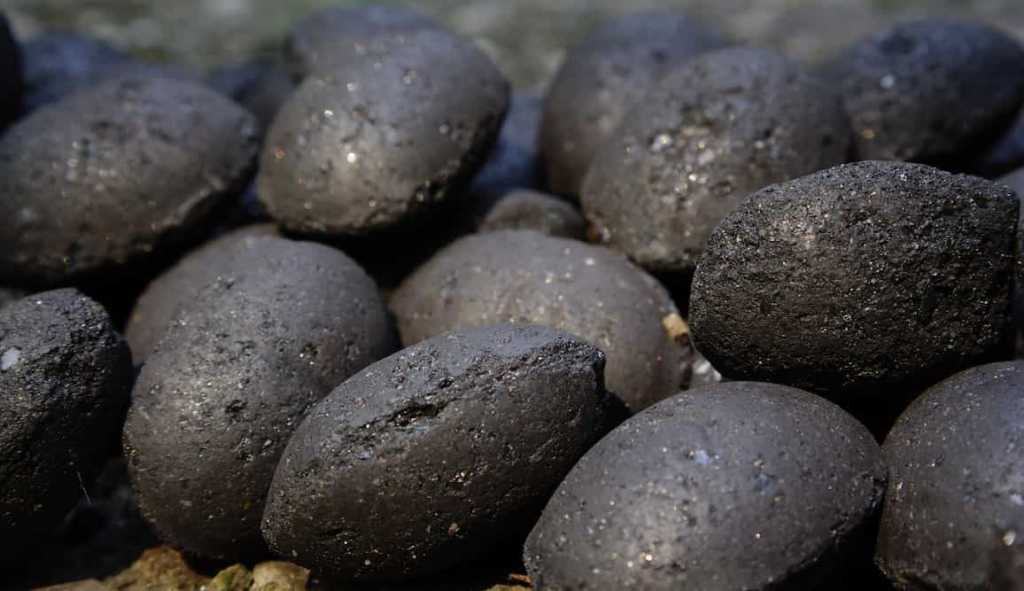
Recycling Industry
The recycling industry is pivotal in fostering environmental sustainability by transforming potential waste into reusable materials. However, managing materials that are loose, lightweight, or fine often brings logistical and operational hurdles. Cold briquetting presents an effective solution by compressing these materials into dense briquettes, making them easier to transport, store, and process in recycling facilities. A key use of cold briquetting in recycling involves metal scraps and dust. Processing metals like steel, aluminum, copper, and other non-ferrous materials generates a significant amount of fine particles, turnings, and small scraps. By briquetting these residues, recycling firms can lower material losses and convert them into valuable feedstock for smelting and refining, thus boosting efficiency and profitability in recycling operations. Cold briquetting also serves to compress non-metallic recyclables such as paper, plastics, and biomass residues. These loose and shredded materials are cumbersome to handle and occupy substantial space. Briquetting reduces their volume considerably, streamlining collection, transport, and storage. It also facilitates preparations for further recycling steps such as reprocessing into new products or energy recovery. Moreover, this method aids environmental protection and cost efficiency. By compacting waste into solid briquettes, companies can cut down on transportation trips, reduce fuel usage, and decrease carbon emissions. Additionally, enhanced material handling lessens the risks of spills, contamination, and health hazards associated with dusty or loose waste. In essence, cold briquetting aligns with the recycling industry’s objectives of promoting a more circular economy. It enhances material recovery, minimizes landfill waste, and supports sustainable industrial practices. As the global demand for recycled materials grows, cold briquetting is becoming increasingly vital for contemporary recycling operations.
Aluminum Industry
The aluminum industry ranks among the most energy-demanding sectors worldwide, relying on processes such as the Bayer method and electrolysis to extract aluminum from bauxite ore. This production generates substantial waste, including aluminum scrap, fines, and various by-products. Cold briquetting presents an efficient way to manage these materials by compressing them into stable, easily handled forms that can be readily reused or further processed within the aluminum production cycle. A key application of cold briquetting in the aluminum sector is the consolidation of aluminum scrap and fines. Scrap aluminum, which accumulates during manufacturing or post-consumer use, varies widely in size and shape, making handling and processing challenging. By transforming these fines and scraps into briquettes, they become easier to feed into melting furnaces, thus reducing the demand for fresh aluminum production and boosting the recycling rate of aluminum materials. Additionally, cold briquetting addresses waste reduction from refining processes. Aluminum refining yields by-products such as alumina fines, dust, and sludge, which are often too delicate to reuse or process cost-effectively. Briquetting converts these by-products into valuable raw materials suitable for reintegration into production, thereby minimizing waste and enhancing resource efficiency. Energy conservation is another significant benefit of cold briquetting in the aluminum industry. Given the energy-intensive nature of aluminum production, recycling scrap and decreasing waste can considerably reduce energy consumption. By ensuring more material is effectively reused through briquetting, demand for energy-consuming processes like electrolysis diminishes, leading to a reduced carbon footprint for aluminum production. Finally, cold briquetting aligns with sustainability and environmental objectives within the aluminum industry. By maximizing recycled material use and minimizing waste, the industry supports the principles of a circular economy. This method enhances the economic viability of aluminum recycling and helps cut down on environmental pollution, essential for the industry’s sustainable future and adherence to regulatory standards. Click to view iron pellet

Copper and Non-ferrous Metals Industry
The copper and non-ferrous metals industry is essential for various sectors, including electrical, construction, and automotive fields. Non-ferrous metals like copper, aluminum, lead, and zinc are crucial for creating high-performance products. The extraction, processing, and recycling of these metals produce considerable waste and by-products such as dust, fines, and scraps. Cold briquetting is an effective method for managing these materials by converting them into compact briquettes, which are easier to handle and can be used efficiently in subsequent processes. In the copper industry, cold briquetting compresses copper fines, dust, and small scraps generated during mining, smelting, and refining. Without proper handling, these materials can be lost or harm the environment. By transforming fine particles into briquettes, companies significantly reduce material loss, enhance handling efficiency, and recycle by-products back into the smelting process, boosting overall metal recovery. This technique also benefits the processing of other non-ferrous metals like zinc, lead, and aluminum. Fine dusts and small scraps, usually difficult to process, can be compacted into briquettes, which are then fed into smelters or furnaces for re-melting and reuse. This approach supports a more sustainable process by lessening dependence on raw ore and encouraging the recycling of secondary materials. Cold briquetting contributes significantly to environmental sustainability in the non-ferrous metals industry. It minimizes waste, reduces dust pollution, and prevents the release of harmful particles into the air. Additionally, by decreasing material loss and enhancing metal recovery rates, the industry lowers its environmental footprint and meets stringent environmental regulations. Economically, cold briquetting boosts metal recycling efficiency in the non-ferrous sector. By turning low-grade or fine by-products into valuable briquettes, companies can cut operational costs associated with material loss and transportation. Briquetting also helps stabilize material quality, ensuring consistent feeding into smelting furnaces, which improves production efficiency and decreases energy consumption.

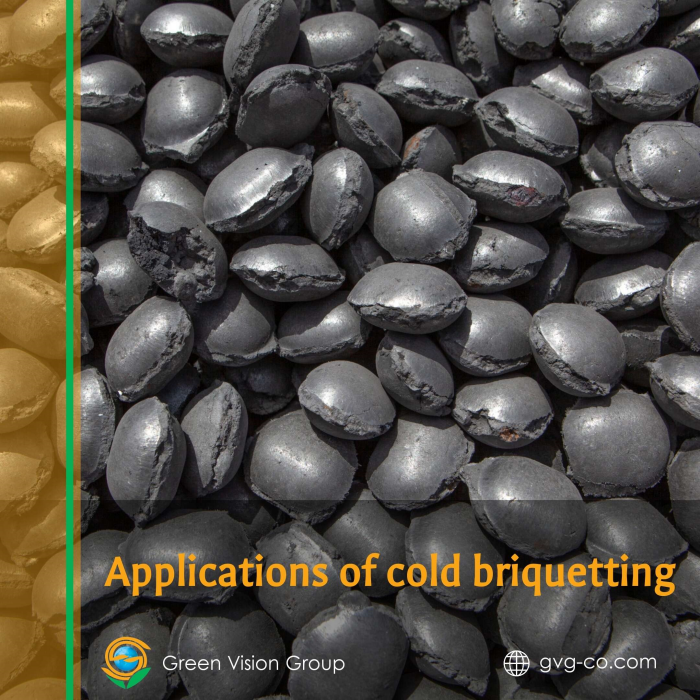
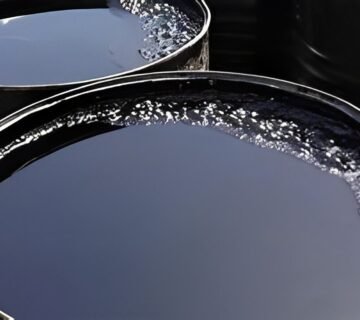
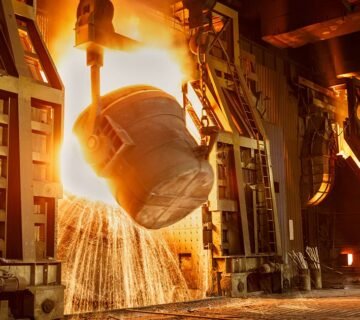

No Comment